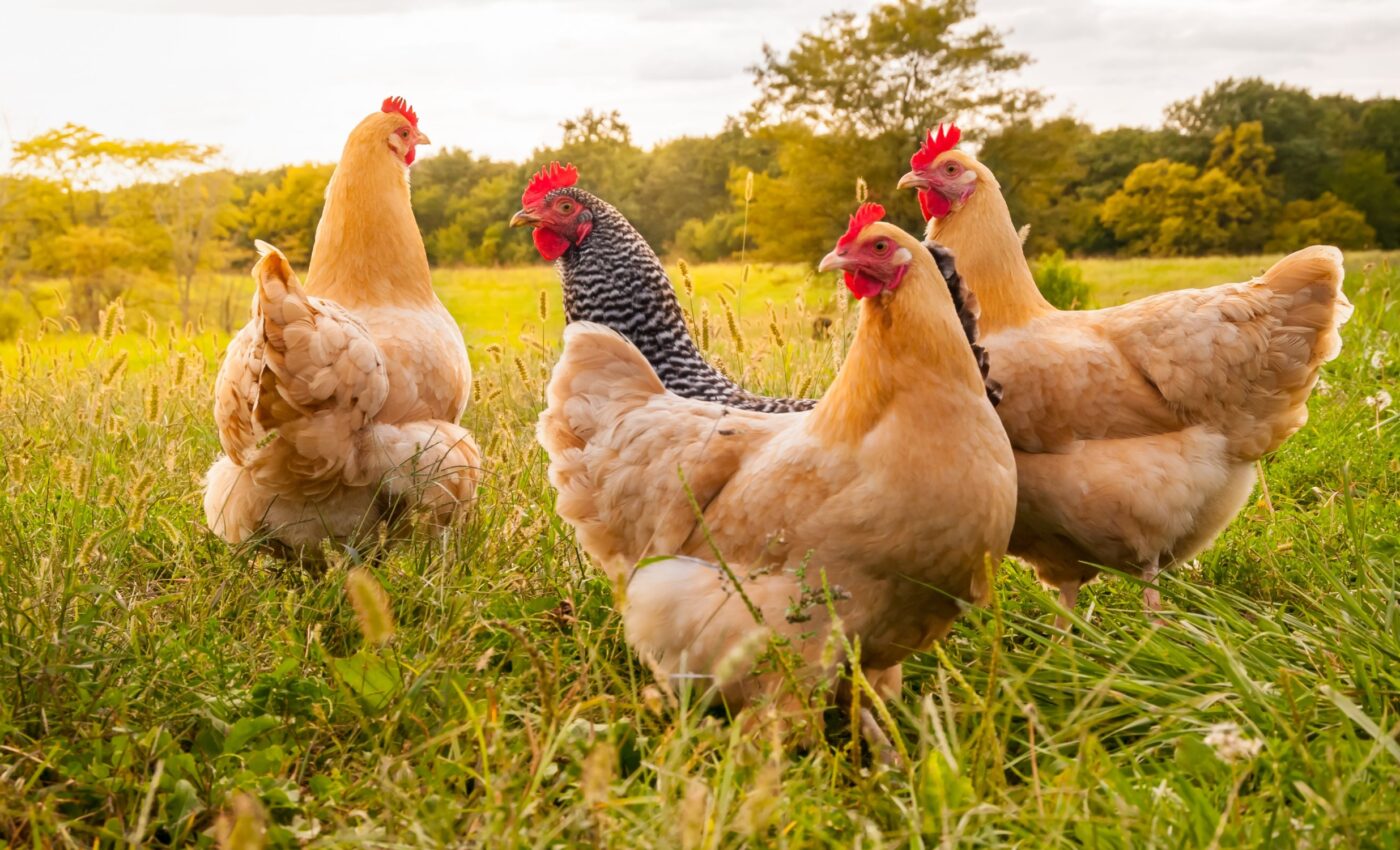
How scientists cracked the code of chicken domestication
Chickens have become an integral part of our lives, serving as a vital source of food and economic value. However, the origin story of chickens, including their domestication and dispersal across the ancient world, has remained shrouded in mystery.
Recent archaeological findings have challenged previously held beliefs about early chicken remains, prompting researchers to delve deeper into this fascinating topic.
Raising chickens for egg production
An international team of archaeologists, historians, and biomolecular scientists, led by Dr. Carli Peters from the Max Planck Institute of Geoanthropology and Dr. Robert Spengler, presents the earliest clear evidence for the raising of chickens for egg production.
The researchers argue that the loss of seasonal egg laying was the main driver for the dispersal of domestic chickens across Eurasia and northeast Africa.
Silk Road’s link to chicken domestication
The team collected tens of thousands of eggshell fragments from 12 archaeological sites spanning roughly 1,500 years along the ancient Silk Road in Central Asia.
Using a biomolecular analysis method called ZooMS, which relies on protein signals rather than DNA, the researchers identified the source of the eggs as chickens.
Dr. Carli Peters emphasizes the potential of ZooMS in shedding light on human-animal interactions in the past, stating, “This study showcases the potential of ZooMS to shed light on human-animal interactions in the past.”
Prolific egg laying
The abundance of eggshells at each site led the researchers to a crucial conclusion. The chickens must have been laying more frequently than their wild ancestor, the red jungle fowl, which typically lays six eggs per clutch once a year.
Dr. Robert Spengler, the principal investigator on the study, highlights the importance of this finding. “This is the earliest evidence for the loss of seasonal egg laying yet identified in the archaeological record,” Spengler explained.
“This is an important clue for better understanding the mutualistic relationships between humans and animals that resulted in domestication.”
Solving the riddle of the chicken and the egg
The question of whether the chicken or the egg came first is a classic philosophical dilemma that has puzzled people for generations.
From a scientific perspective, the answer is that the egg came first. Here’s why:
- Evolution: Chickens, like all birds, evolved from dinosaurs. The first chicken-like birds probably appeared around 150 million years ago. These ancient birds laid eggs, which means that eggs were around long before chickens as we know them today.
- Genetic mutations: The modern chicken is a domesticated subspecies of the red junglefowl. At some point, a genetic mutation occurred in a junglefowl egg that resulted in a bird with characteristics that we now associate with chickens. That egg, therefore, contained the first true chicken.
- Egg-laying animals: Eggs have been around since long before chickens. Reptiles and amphibians were laying eggs hundreds of millions of years ago, and the first amniotic egg (the type of egg that chickens lay) appeared around 340 million years ago.
In summary, while it may seem counterintuitive, the egg came first from an evolutionary standpoint. The egg containing the first chicken was laid by a bird that was not quite a chicken, but the egg it laid contained the genetic mutation that resulted in the first true chicken.
Chickens’ remarkable domestication journey
This intriguing research on chicken domestication and dispersal along the ancient Silk Road has shed new light on the complex relationship between humans and animals.
By applying innovative methods like ZooMS and collaborating across disciplines, scientists have uncovered compelling evidence that the loss of seasonal egg laying played a crucial role in the chicken’s journey from jungle fowl to global phenomenon.
This study answers the age-old question of the chicken and the egg and highlights the immense potential of interdisciplinary research in unraveling the mysteries of our past.
As we continue to explore the fascinating story of chicken domestication, we gain a deeper appreciation for the remarkable adaptability and economic significance of this beloved bird.
The full study was published in the journal Nature Communications.
—–
Like what you read? Subscribe to our newsletter for engaging articles, exclusive content, and the latest updates.
Check us out on EarthSnap, a free app brought to you by Eric Ralls and Earth.com.
—–













